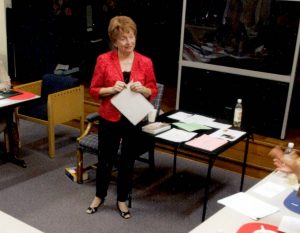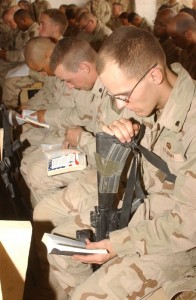
From Guest Blogger Kimberly Hayes
First comes the joy of Halloween, followed by Thanksgiving and the greatest celebration of all, Christmas. During that period, when most people’s spirits are up, others find themselves burdened with an unwelcome visitor: seasonal affective disorder, also known as SAD.
This mental condition leaves its victims crippled with a host of symptoms that include fatigue, insomnia, hopelessness and depression. For some, getting through the day is a constant struggle as they drag themselves out of bed, go to work and come home in a state of misery.
If you suffer from SAD, you want to find a way out. If you know someone who does, you want to help. Here’s how to do that.
Exercise
This is going to be tricky, as this is about the last thing a sufferer wants to do. The trick is to not make it too difficult; a simple walk around the neighborhood would suffice for starters, and that’s even easier with a friend tagging along or a great playlist to jam to. This may get the ball rolling, after which they can make the workouts more difficult until back in summer form.
Team Sports
“Isn’t this just more exercise?” you’re probably thinking. But no, it’s much more than that. Sure, it burns calories, but joining a basketball, volleyball or soccer team also provides a dose of friendship and camaraderie that are hard to find elsewhere. It may involve paying a fee or buying some quality equipment, but bolstering your mental health is worth the small investment.
A Healthy Diet
A dietician speaking with Everyday Health emphasizes eating foods high in fiber, like beans, oats and brown rice, along with fruits and vegetables to maintain an optimal blood sugar level and keep your energy up. The protein found in chicken and fish also aid in that endeavour.
Quality Sleep
There’s a bit of a contradiction here, as it’s often the condition itself that’s preventing sufferers from getting a good night’s rest. However, there may be a way to break the cycle, and it could be as simple as keeping the bedroom cool and dark while avoiding stimulants like caffeine and sugar late in the day. A healthy diet and exercise help as well.
A Routine
Once the sufferer has broken the cycle of tossing and turning all night and feeling groggy during the day, they should stick with that same schedule, waking up at the same time, day in and day out, even on the weekends. They’ll fall into a natural rhythm as their body tells them when it’s time to go to bed in the evening.
A Dawn Simulator
As for waking up in the morning, this device can help. It’s far from complicated. It’s just a bedside lamp that wakes the sleeper up by gradually increasing in intensity, mimicking the rising sun during the springtime. That alone dispels some of the winter doldrums.
A Light Box
The condition is brought on by the longer nights and the absence of the sun’s brightening rays earlier and earlier in the day, but they can be replaced by this device. It’s used as a form of therapy, with sufferers of SAD turning it on and facing the light whenever they feel down.
Meditation
According to one writer with Headspace, this ancient practice helped him emerge victoriously following a long struggle with depression and thoughts of suicide. Though difficult, his regular sessions of mindfulness allowed him to accept his demons, then gradually distance himself from their grasp and reach a state of contentment. It could do the same for you or your loved one.
Aromatherapy
How this lifts someone’s mood is still a bit of a mystery, but scents have been used for this purpose over the course of millenia, so it may be worth some experimentation. That involves diffusing essential oils in your home, with lemon balm, sage and lavender coming highly recommended.
These methods may take time to be effective, but with a little patience, they could also put the joy back in winter.


